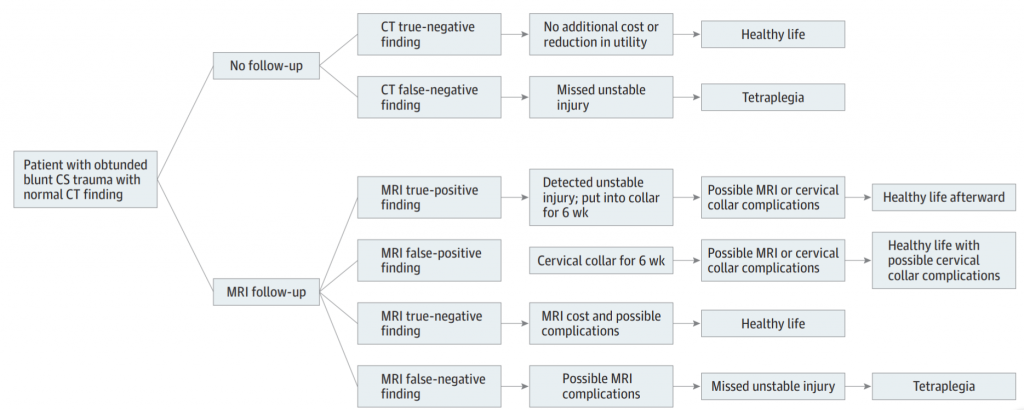Simply put, secondary overtriage (SO) is the unnecessary transfer of a patient to another hospital. How can you, as the referring trauma professional, know that it is unnecessary? Almost by definition, you can’t, unless you have some kind of precognition. If you knew it wasn’t necessary, you wouldn’t do it in the first place, right?
But using the retrospectoscope, it’s much easier. The classic definition describes a patient who is discharged from the hospital shortly after arrival there. What is “shortly?” Typically, it occurs within 48 hours in a patient with low injury severity (ISS < 16) and without operative intervention. Definitions may vary slightly.
And why is it bad?
Several states with rural trauma systems have scrutinized this issue. The first study is from West Virginia, where six years of state registry data were analyzed. Over 19,000 adults were discharged home from a non-Level I center within 48 hours after an injury. Of those, about 1,900 (10%) had been transferred to a “higher level of care” and discharged from that center (secondary overtriage, could be any higher-level trauma center).
The factoids:
- Patients with ISS > 15 and requiring blood transfusion were more likely to be SO. (I would argue that this is appropriate triage in most cases!)
- Neurosurgical, spine and facial injuries were also associated with SO. (This one is a little more interesting, see below).
- SO was more likely for transfers during the night shift, when resources are often more scarce
The problem is that this study is descriptive only. It doesn’t really help us figure out which patients could/should be kept based on any of the variables they collected.
The next study is from Dartmouth in New Hampshire and examines transfers into that single Level I center from 72 other hospitals. Registry data were examined over 5 years, identifying transfer patients with ISS < 15 who were discharged within 48 hours without an operation.
Yet more factoids:
- 62% of the nearly 8,000 patients received by this center were transfers
- Overall SO rate was 26%
- A quarter of adult patients and one half of pediatric patients were considered SO, and about 15% of them were actually discharged from the ED (!)
- Head and neck, and soft tissue injuries were most common among SO patients
The real bottom line: Here are my thoughts on what you can do to try to decrease the number of your patients with SO and optimize the transfer process:
- Work with your upstream trauma center to determine how much imaging you really need to perform
- Develop a reliable method of getting those images to them
- Ask them to help you develop practice guidelines and educate your hospital/ED staff to help manage common diagnoses that often result in SO from your center
- If you are located in a rural area, inquire about RTTD courses you might attend
References:
- Secondary overtriage in a statewide rural trauma system. J Surg Research 198:462-467, 2015.
- Secondary overtriage: the burden of unnecessary interfacility transfers in a rural trauma system. JAMA Surg 48(8):763-768, 2013.

